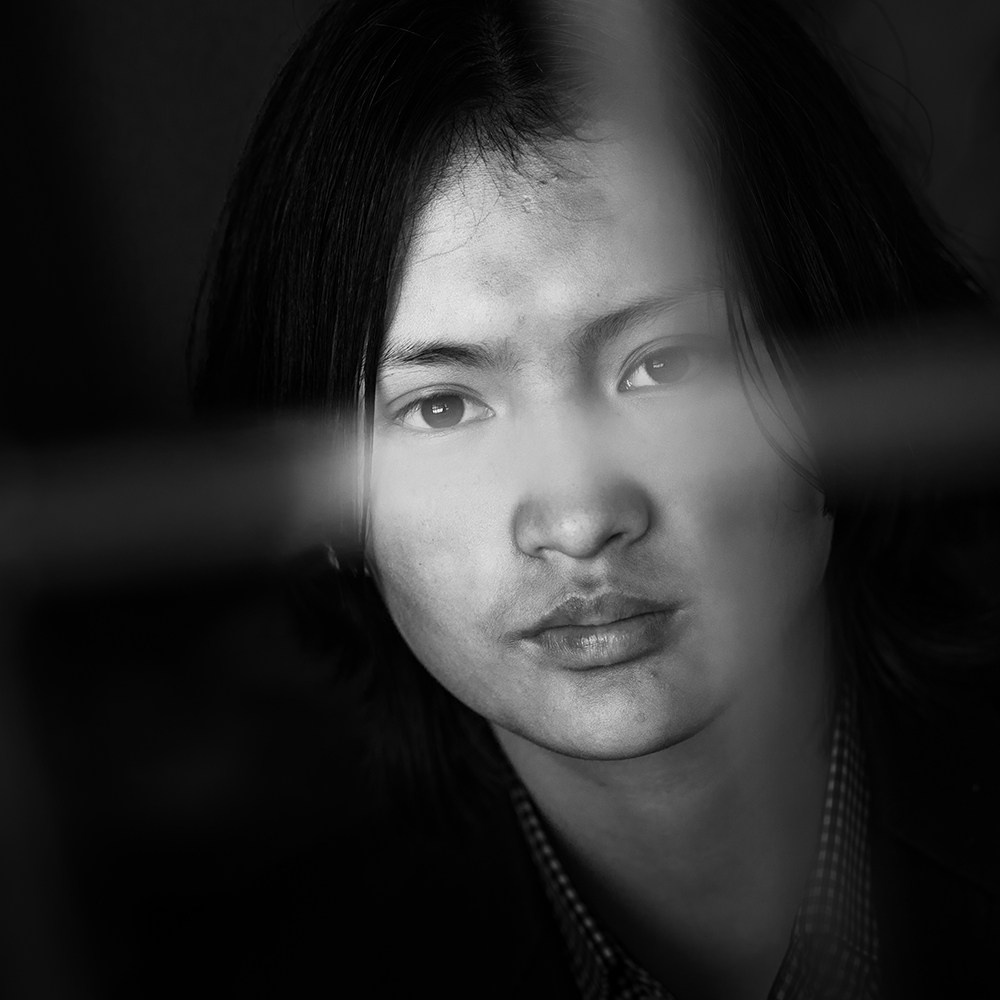
Following the path of the heart…
After Chinese troops invaded Tibet in 1959, more than 80,000 Tibetans followed the Dalai Lama to northern India. Most of them were deeply religious, and many took monastic vows. The inability to be close to their spiritual leader, the difficulty of practicing and studying their religion in their homeland, and Chinese oppression forced them to leave their homes. To this day, Tibetans in China face great difficulties in learning and preserving their language and cultural traditions. You can even be imprisoned for having a portrait of the Dalai Lama. China has also severely restricted the maximum number of monks in many remaining Buddhist monasteries. For many Tibetans today, moving to India is the only way to preserve their cultural and religious identity or simply follow their heart.
The journey from Tibet to India was very
difficult. To make it there, they hired a guide who led them through
the mountains for many days. As the participants recall, they walked
through the mountains at night and slept during the day to hide from
the Chinese. If they were caught, they were imprisoned. Many of the
people we spoke to in India did not want to be photographed because
they had left families behind in Tibet and feared for their safety if
anyone in Tibet saw their photos. Therefore, the photos here are only
of those who agreed to be photographed.
Publications & Exhibitions
2024. New York Street Photography Magazine.
2024. Izvestia Online Portal. Travel section.
2024. A solo exhibition titled “Tibetans in India. The Road to Happiness” supported by SFR. Pushchino. Moscow region. Russia.
2021. Myths and tales of northern India. OnAir Magazine.
2020. The Great Indian Tibet Journey. Voyage Magazine.
2019. On the path to enlightenment. Aeroflot Magazine.
2019. Learn, learn, and learn again..... Caucasus Air Magazine.
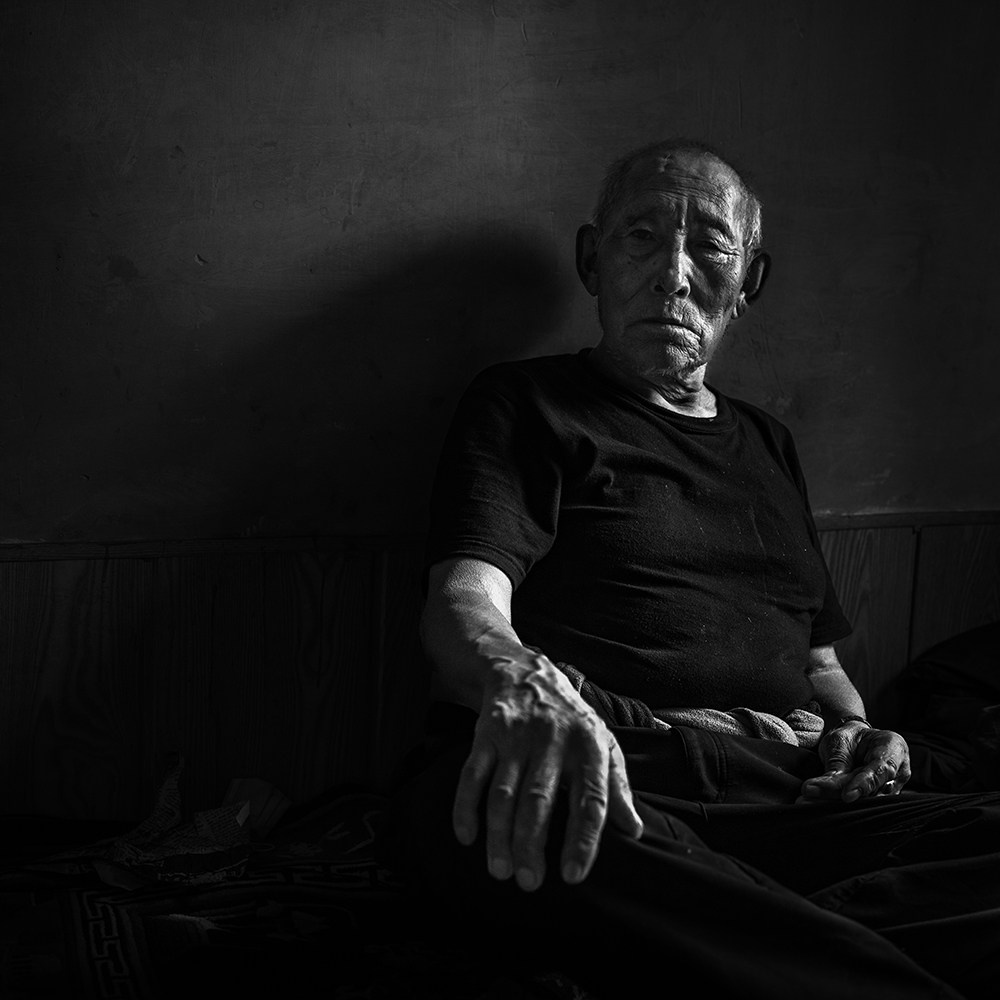
Tsoedup, 94 years old
He came to India from Tibet in 1967 with the intention of becoming a monk. However, he was forced to become a soldier due to the circumstances. During the war, he witnessed killing many Tibetans, resulting in numerous deaths. I fled to India from the war following the Dalai Lama because I did not want to harm others. Our life was peaceful before the arrival of the Chinese soldiers. We farmed, did handicrafts, and raised animals. However, everything changed after their arrival.
Tsoedup holds a portrait of the Dalai Lama, which usually occupies an important place on the wall on the altar next to the image of Buddha. The Dalai Lama is a great man. I pray for his health every day, and I believe in him unconditionally.
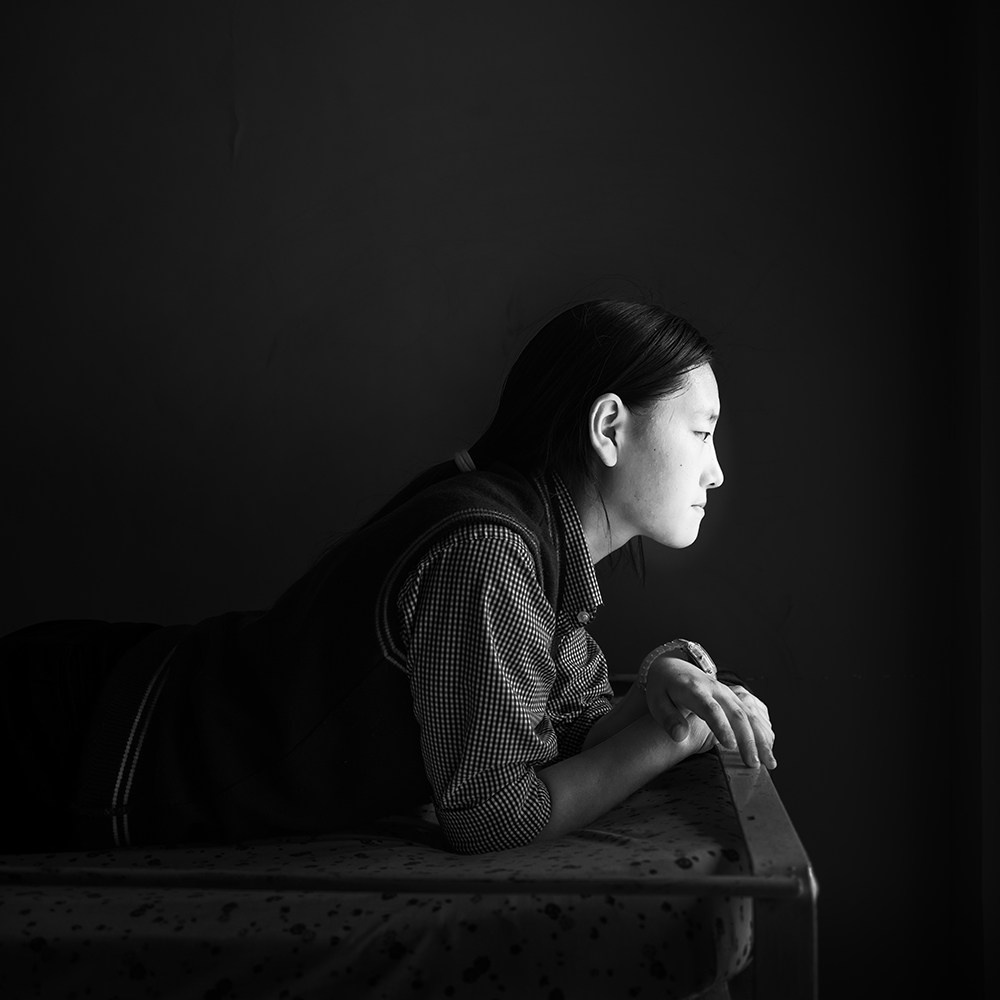
Tenzin Kelsang, 17 years old
Tenzin Kelsang, a 17-year-old girl, was sent from Tibet to India by her parents to learn her native language and receive an education. In Tibet, we only speak Tibetan a little bit at home with our parents. All the teaching in school, signs on the streets, and information are in Chinese. Before coming here, I thought I was Chinese.
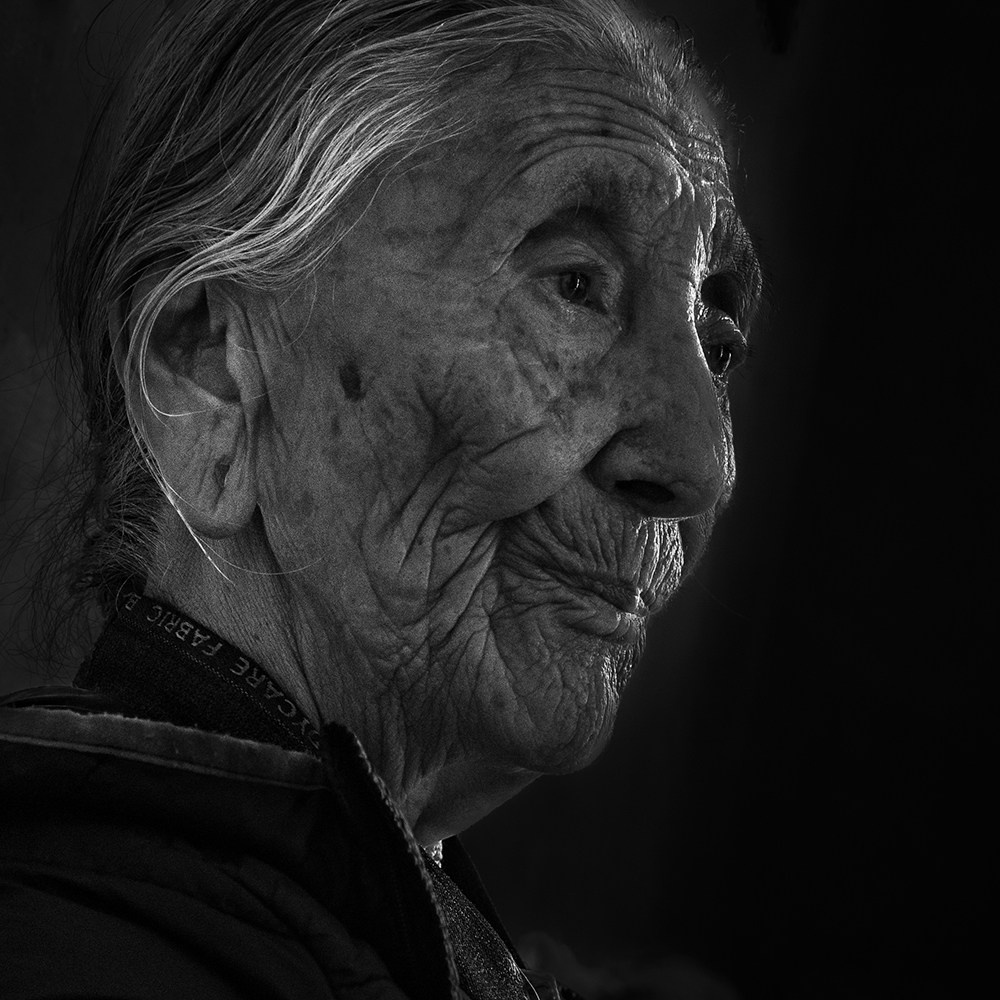
Tsering Dolma, 84 years old
Tsering
Dolma is 84 years old. She was born in Tibet but was forced to flee
to India when the Chinese invaded. The journey was long and
difficult, taking her through the mountains of Nepal. In India, she
and her husband worked as road labourers, earning only 3 rupees a day
for men and 2 rupees a day for women. My life became easier when my
husband started working in the Dalai Lama’s security team.
The woman holds the hand of the translator — a Tibetan girl — and cannot hold back her tears. — We are people who have no country. Our country is only in our memories. We have had a lot of suffering.
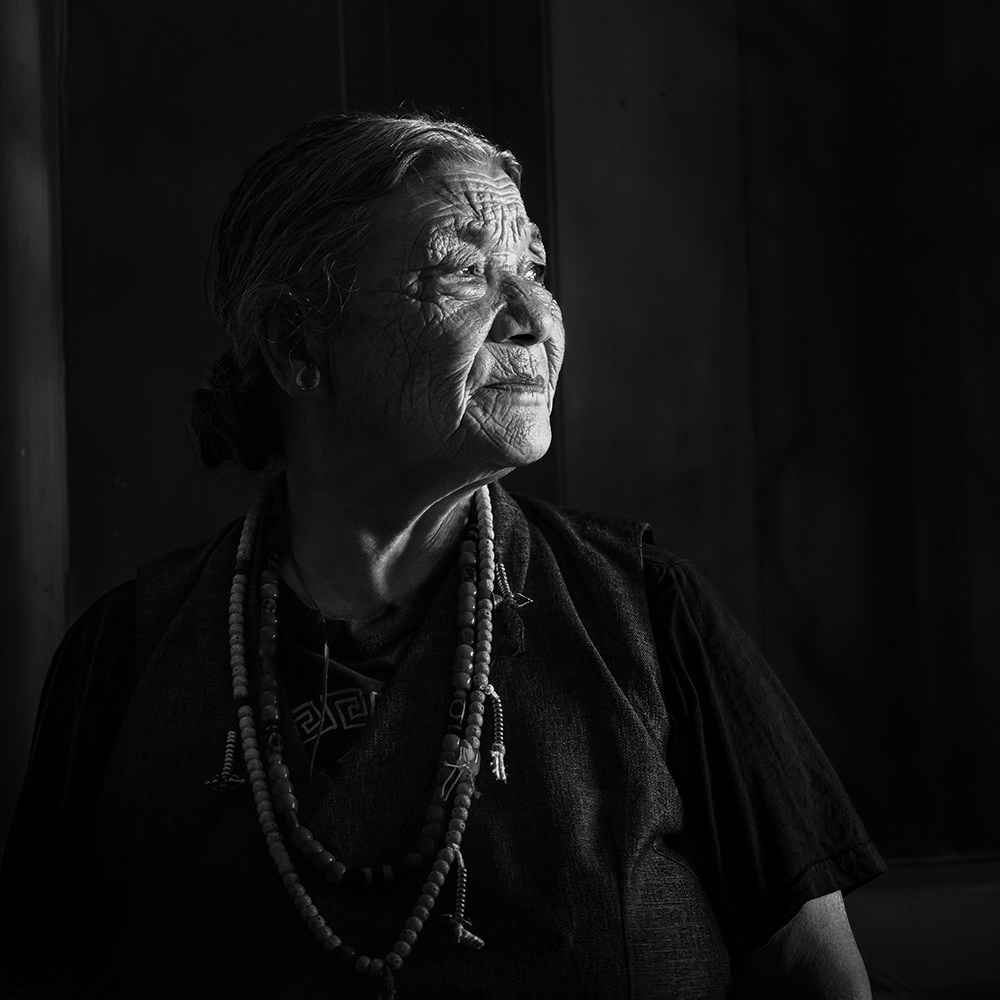
Tsering Yangchen, 80 years old
Tsering Yangchen is an 80-year-old woman who came to India around 50 years ago. She has five children who live in Nepal. Currently, she lives alone and suffers from knee pain. Her daily routine involves praying, which she starts at 5 am, and completing the kora, which requires a lot of energy. The teachings of the Buddha and faith in the Dalai Lama are integral parts of her life. They give her life meaning.
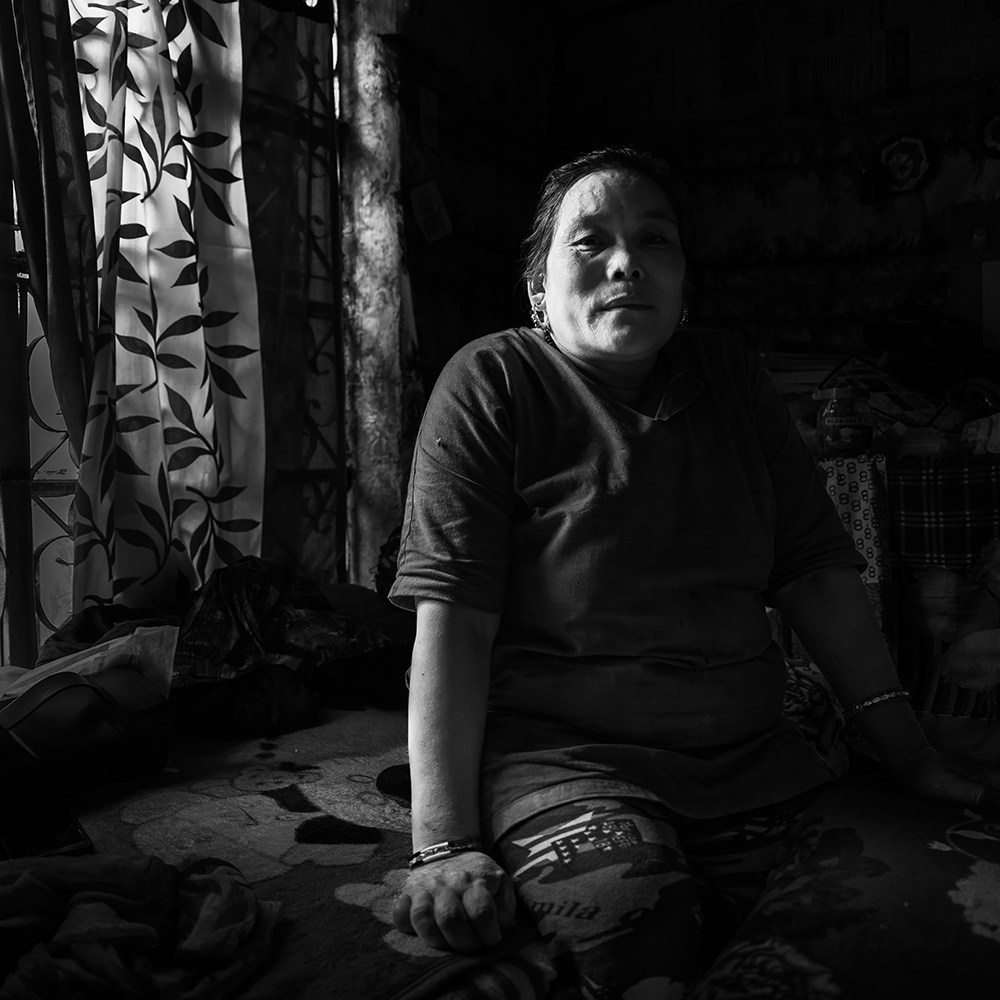
Lhakpa Dolma, 55 years old
Lhakpa Dolma is a 55-year-old woman who lives in Dharamsala with her daughter. She has five children. Her husband works as a cook, and they bake bread that is distributed free of charge to those who attend pujas and teachings at the Dalai Lama’s residence. The small room is cluttered with various items, including a bed and a large gas cooker used for baking bread. In the centre of the room, there is a picture of the Dalai Lama, which holds great importance for the entire family. — Looking at the Dalai Lama’s portrait always brings me peace, tranquility, and love, no matter what state I’m in.
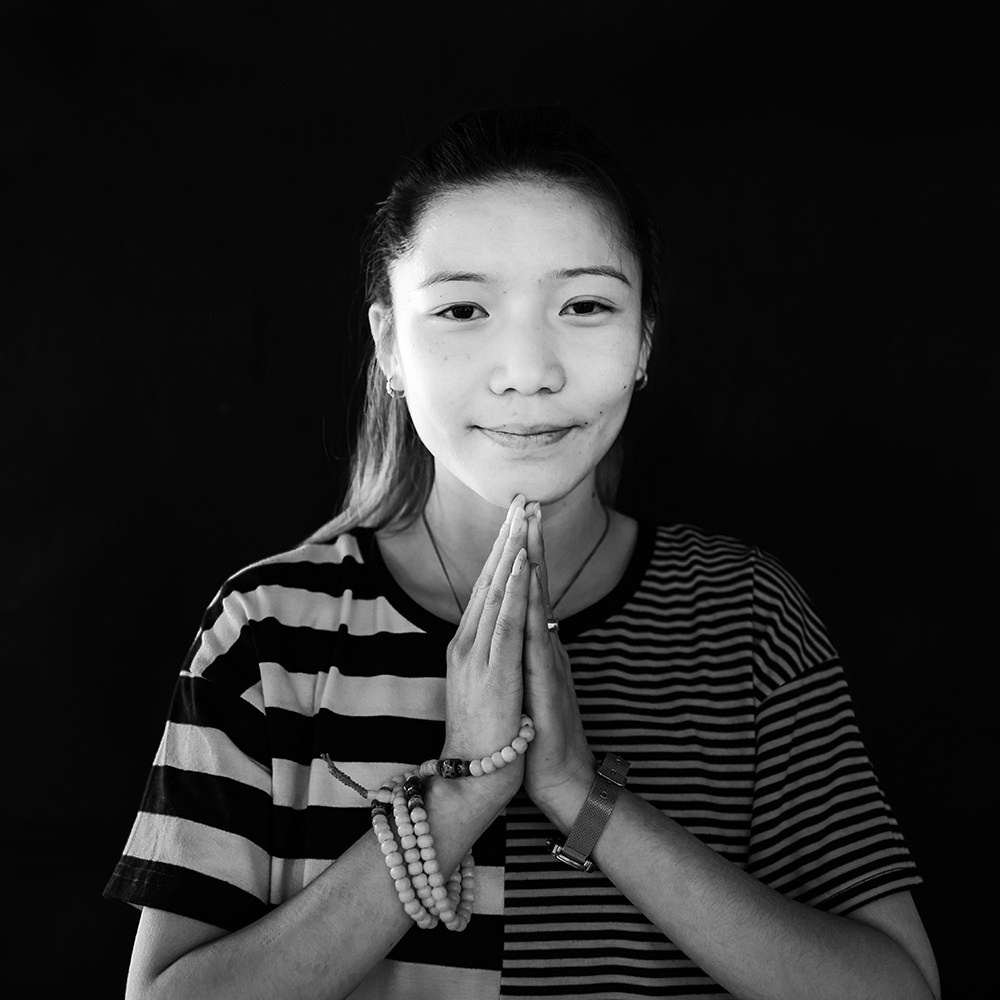
Tenzin Chodon, 21 years old
Tenzin Chodon is 21 years old. She was born in the capital of Tibet, Lhasa City. She moved to Dharamsala with her mother in 2002. Now Dharamsala is her home.
She describes her life as
follows: “As soon as I moved there, my mother brought me to Tibetan
school and went back to Tibet, desiring to be with my father. She was
caught on the border and had to spend 2 years in prison. Chinese
authorities does not allow Tibetan people freely flee from the
country and put them in prison if caught red-handed. This happened
with my mother. In the year of 2009, she could come back to me and
now we stay together. We miss my father who is still in Tibet. In
Tibetan school, I studied for 9 years. Now I continue my education —
I learn Chinese and French. I want to be well educated; it would not
be possible in Tibet.
And Tenzin often goes Kora, recites
mantras and hopes that someday the whole family will be together
again.
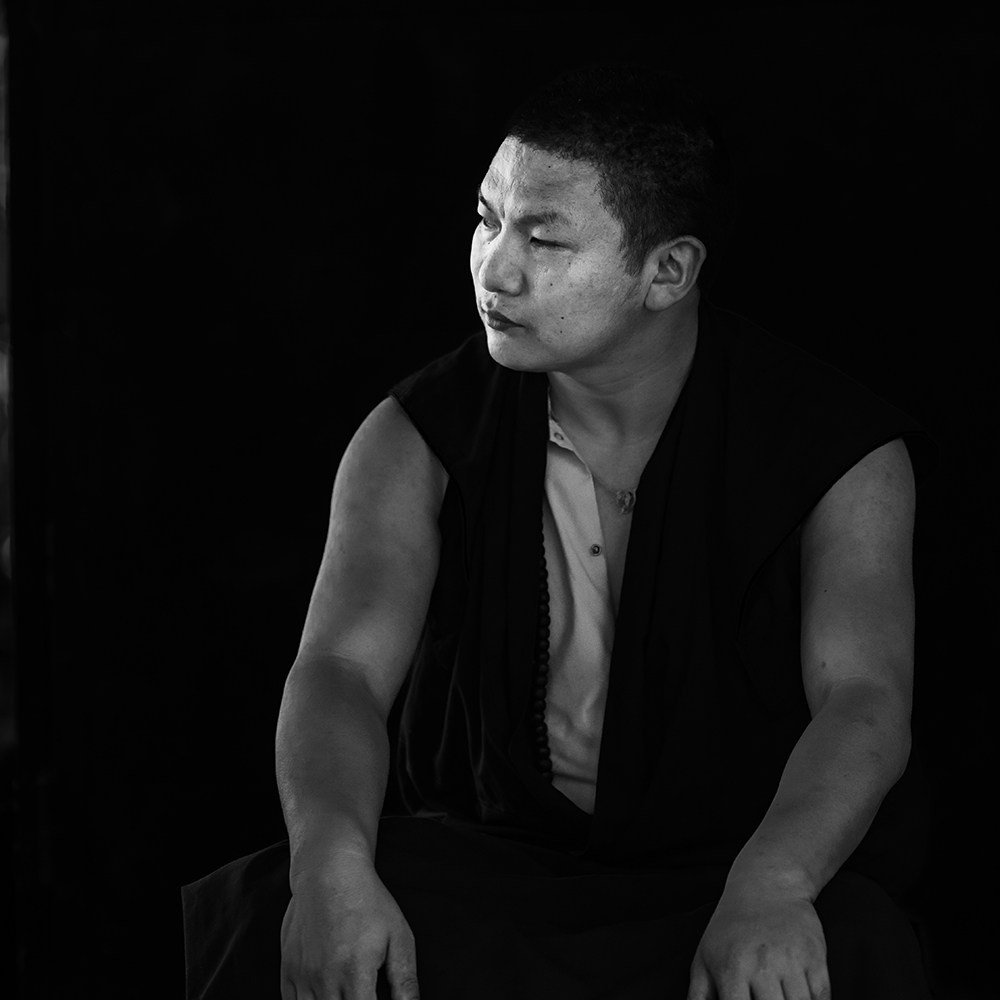
Tserin Puntzo, 37 years old
From Tibet came on foot to India 12 years ago to study Buddhism. As we walked through the mountains and hid from the Chinese military, the road took a long time. I had a duty to look at the bright snow and the bright sun. As a result, my vision began to weaken, and now I am completely blind. But I was able to fulfill my goal, see the Dalai Lama, be at his teachings, and I can now freely study and practice Buddhism. Therefore, I consider myself a happy person.
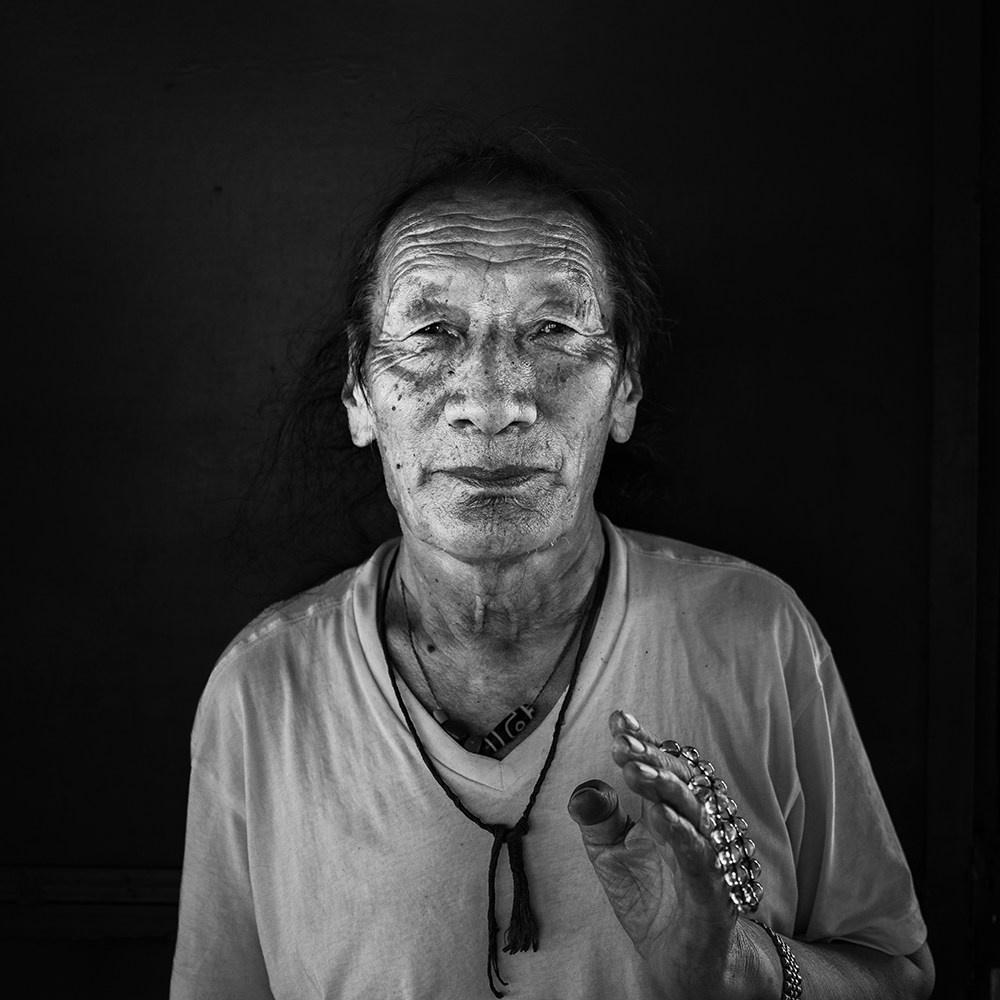
Tubten Gyatso, 74 years old
In 2002, he came from Amdo district of Tibet. He has wife, 3 sons and 3 daughters. One of his sons is studying in Gamana and two daughters live in South India. One son lives in Nepal.
What is happiness? Spiritual practice that I devote my life to, give me peace of mind and a feeling that I could call happiness. Now I am near Dalai Lama and have opportunity to practice, so I am happy.
I also think that happiness depends on freedom. If there is physical freedom, if my body is free and my soul is free, if I have choice, it is already happiness. In my homeland, Tibet, Chinese destroy monasteries. There is no freedom. Therefore, when we get freedom we consider it happiness.
What is love? Love is when a child is wounded, and his mother suffers for him, she also feels pain. Like this, if we feel to help another person, out of love we do not want to harm him, I understand that this is love. When people are friends, they feel good, they want to associate, to be appreciated and they start feel love in the heart.
Moreover, life can bring different feelings and situations that are not always pleasant. It is very important to protect love. Therefore, in order to maintain and manifest love we practice tolerance. In this way, different situations in life lead us to love.
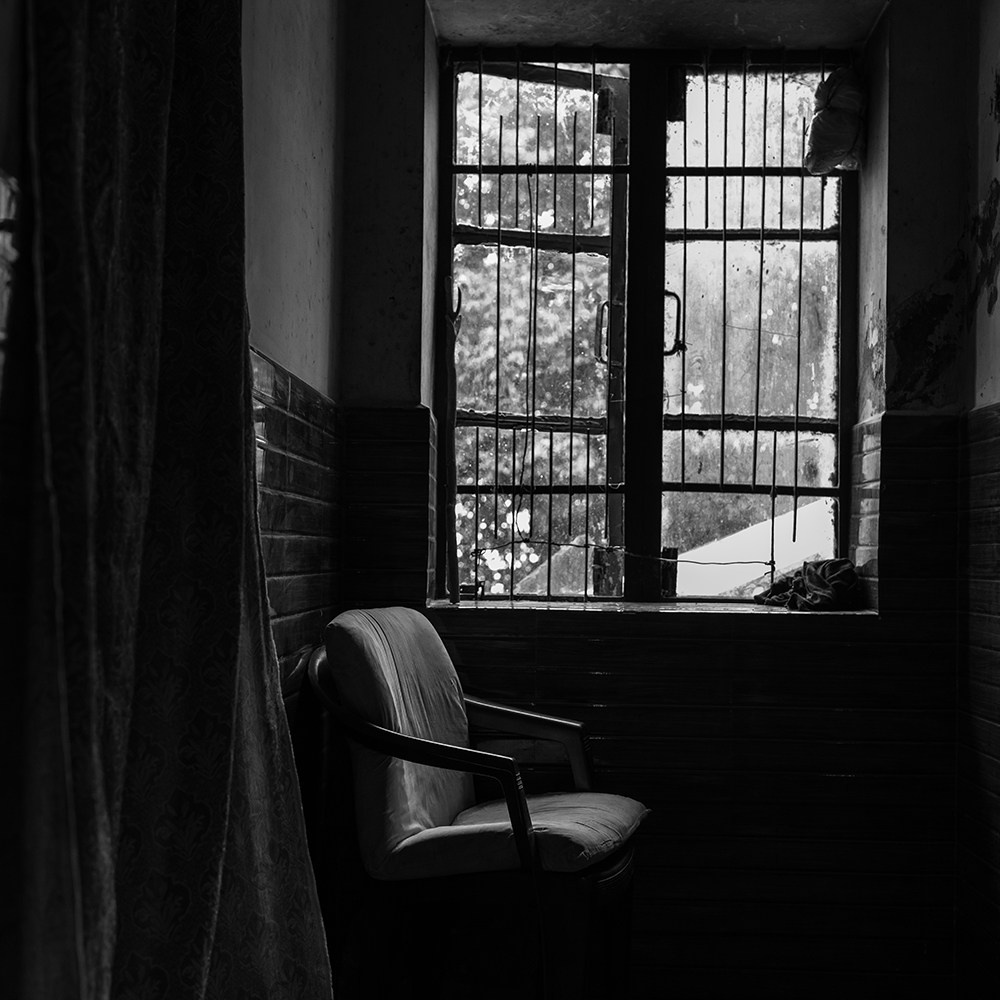
A chair in a Tibetan nursing home built in India with donations near the Dalai Lama’s residence.
















